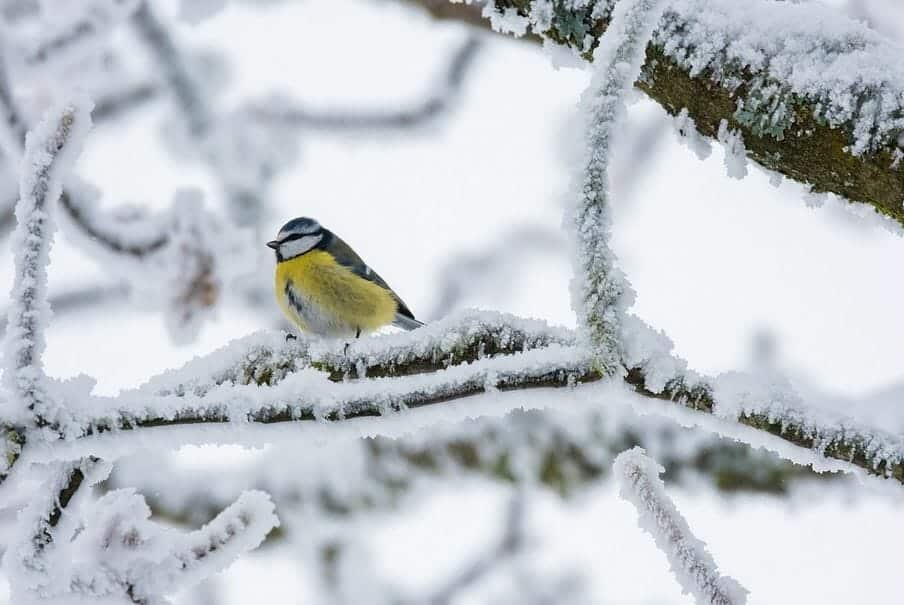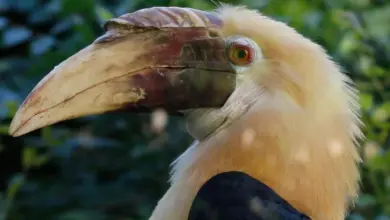Rough-legged Buzzards
The Rough-legged Buzzards (Buteo lagopus), called the Rough-legged Hawk in North America, is a medium-large bird of prey. It is between 50 and 60 centimetres long with a 130 cm wingspan. The breeding range is northernmost Europe, Asia, and North America. It migrates further south in winter.
Breeding / Nesting
It breeds on cliffs, slopes or in trees, laying about four eggs, but more in good lemming years (lemmings are small rodents). It hunts over open land, eating small mammals and carrion. This species, along with the Osprey, is one of the few large birds of prey to hover regularly.
Diet / Feeding
It hunts over open land, eating mainly small mammals, and will come to dead animals. This species, along with the Osprey, is one of the few large birds of prey to hover regularly.
Description
This is a broad-winged raptor, typical of the genus Buteo. Compared to the Common Buzzard, it is longer-winged and more eagle-like in appearance. Its feet are feathered to the toes (hence its scientific name, meaning “hare-footed”) as an adaptation to its arctic home range. Its toes are short for its size.
It has a wide variety of plumages, but is typically brown above and paler below, with dark belly and carpal patches. The head is typically pale. The tail is white with a dark terminal band. Some Canadian birds are all-dark, comprising up to 40% of the population in the east.
An adult Rough-legged Buzzards has an average weight of 1,026 g, a wingspan of 134 cm, and an average total length of 53 cm. The female is typically larger than the male. The Rough-legged Buzzard has eight different morphs that vary with sex, age, and location. Both sexes exhibit both light and dark morphs, and colouration varies between juveniles and adults.



